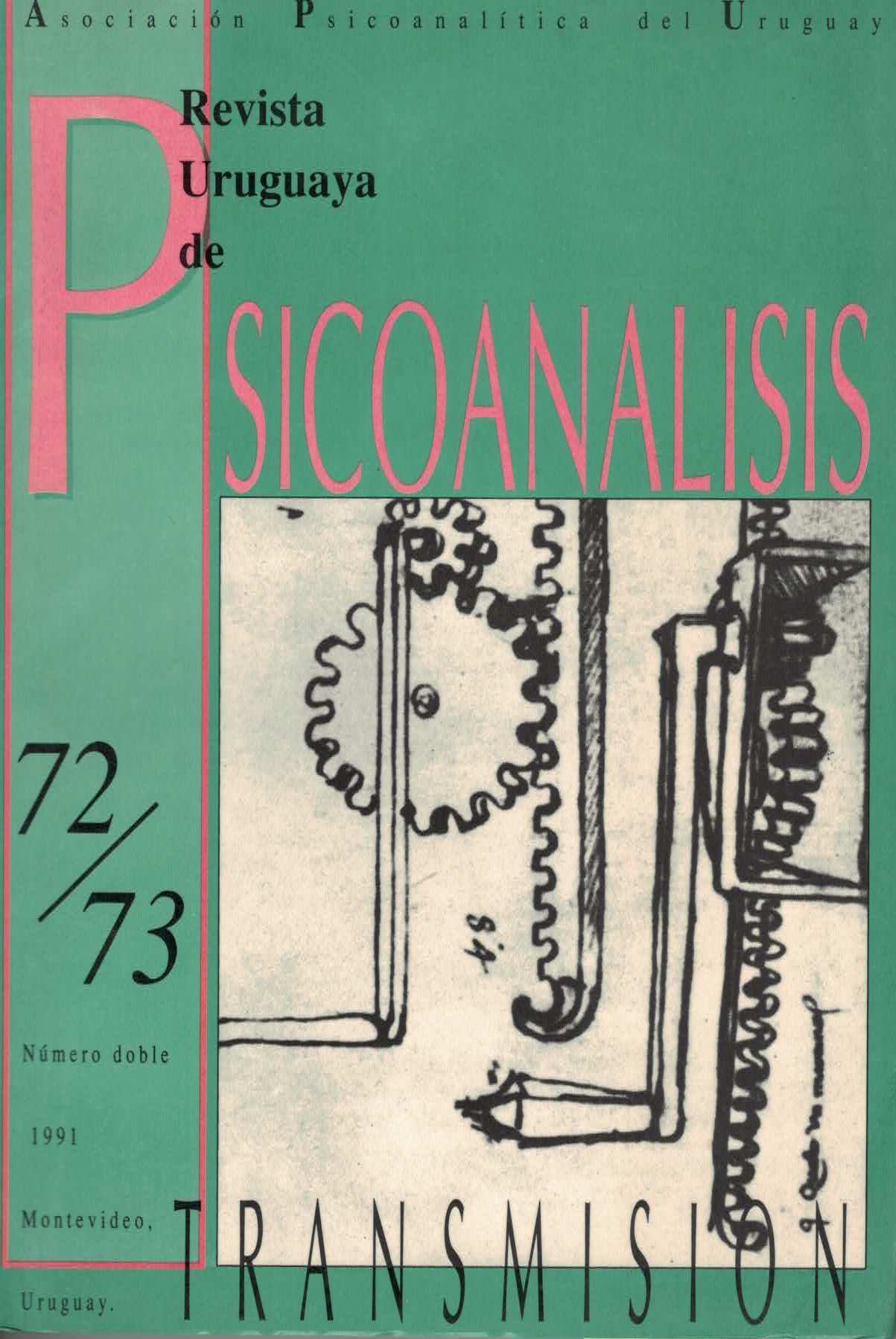Theoretical appendix; some questions around the dialogue.
Keywords:
diálogoAbstract
I. El modelo
Es ya un lugar común observar que no hay discurso, diálogo o conversación en el que no intervenga todo el orden de lo sociocultural. El problema es que al mismo tiempo se suelen construir modelos cerrados a priori, que inhiben la participación de lo
sociocultural en el discurso, aun cuando lo que se investiga es la función social (“ideología” (Pécheux, 1969)), ose agrega o adiciona esa función social a una estructura (Van Dijk, 1975, 1984). ...
Downloads
References
AUSTIN. J.L.. (1962), How lo do things with words, Oxford University Press.
BAJTIN. M., (1985), “El problema de los géneros discursivos”, en Estética de la creación verbal, Siglo XXI, México, 248-293.
BAKHTIN, M., (1990). “Discourse in the novel”, en The dialogic imagination, Michael Holquist (ed.), University of Texas Press, 259 422.
BEHARES, L. y Gabbiani, B., (1987). Un modelo para el estudio de la especularidad díalógica. Avances de Investigación, Depai4arnento de Lingüística, Facultad de Humanidades y Ciencias, Montevideo.
BRUNER, J.. (1982), “The formats of language acquisition”, en American Journal of Semiotics, 1.3, 1-16.
BRUNER, J., (1984), “Pragmática del lenguaje y lenguaje de la pragmática”. en Acción. Pensamiento y Lenguaje, J. Linaza (comp.), Alianza, Madrid.
BRUNER, J., (1986). “The Transactional Self”, en Actual Minds. Possible Worlds, Harvard University Press, 57-69.
BRUNER, J., (1986b). El habla del niño, Paidós, Barcelona.
CHAFE, W., (1980), “The Deployment of Conciousness in the Production of a Narrative”, en The Pears Stories: Cognitive. Cultural and Linguistics Aspects of Narrative Production, W. Chafe (ed.), Norwood, New Jersey. Ablex.
CHOMSKY. N., (1975), Reflections on Language, Pantheon Books, New York.
FELDMAN, C., (1990), “El pensamiento a partir del lenguaje: la construcción lingüística de las representaciones cognitivas”, en La elaboración del sentido. La construcción del mundo por el niño, J. Bruner y H. Haste (comps), Paidós, Barcelona.
GRICE, H.P., (1975), “Logic and Conversation”en Syntax and Semantics. Vol. 3. Speech Acts. P. Cole y J.L. Morgan (eds), New York: Academic Press.
PECHEUX, M., (1969), L”Analyse Automatique du Discours, Dunod, París.
SEARLE, J., (1969), Speech Acts, Cambridge University Press.
SILVERSTEIN, J., (1985), “The functional stratificaction of language and ontogenesis”, en Culture, Communication and Cognition. Vygotskian Perspectives, J. Wertsch (ed.), Cambridge University Press.
VAN DIJK, T., (1975), Some Aspects of Text Grammars, The Hague, Mouton.
VAN DIJK, T.. (1984), Texto y Contexto, Cátedra. Barcelona.
VYGOTSKY, L.S.. (1934), Thought and Language. Cambridge, Massachussets, MIT Press (1962).
WERTSCH, J., (1988). Vygotsky y la formación social de la mente, Paidós,



 This work is licensed under a
This work is licensed under a 